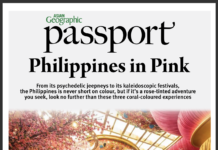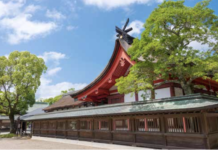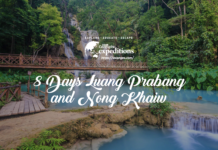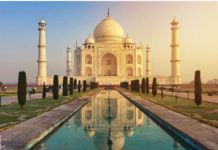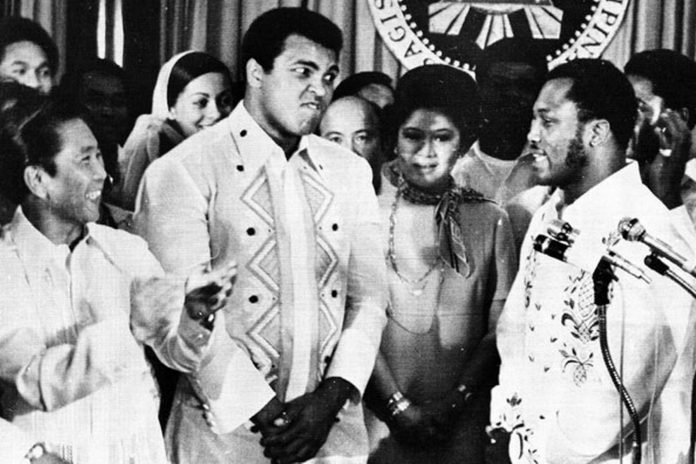
Reality check in QC
Text Alya B. Honasan
I was born and raised in Quezon City, Philippines, a.k.a. QC, named after our second president Manuel L. Quezon and located north of the sprawling, chaotic metropolis that is Metro Manila. Like many QC-ers, I ended up working elsewhere, at the country’s corporate hubs a few kilometres away. Still, if you grew up in densely populated QC, seat of education, home to non-government organisations, and in recent years, a hotbed of independent art and music, you learn to be in less of a hurry.
Its residents cut across all socioeconomic sectors, from the old rich in mansions in New Manila, to the government employees in cramped housing projects, to even the city’s large numbers of urban poor in their shanties. In QC, not everybody knows what a designer label is – and that has kept things real, democratic and more nationalistic than in concrete jungles taken over by Western standards and big business. Life seems less about making it than living it.
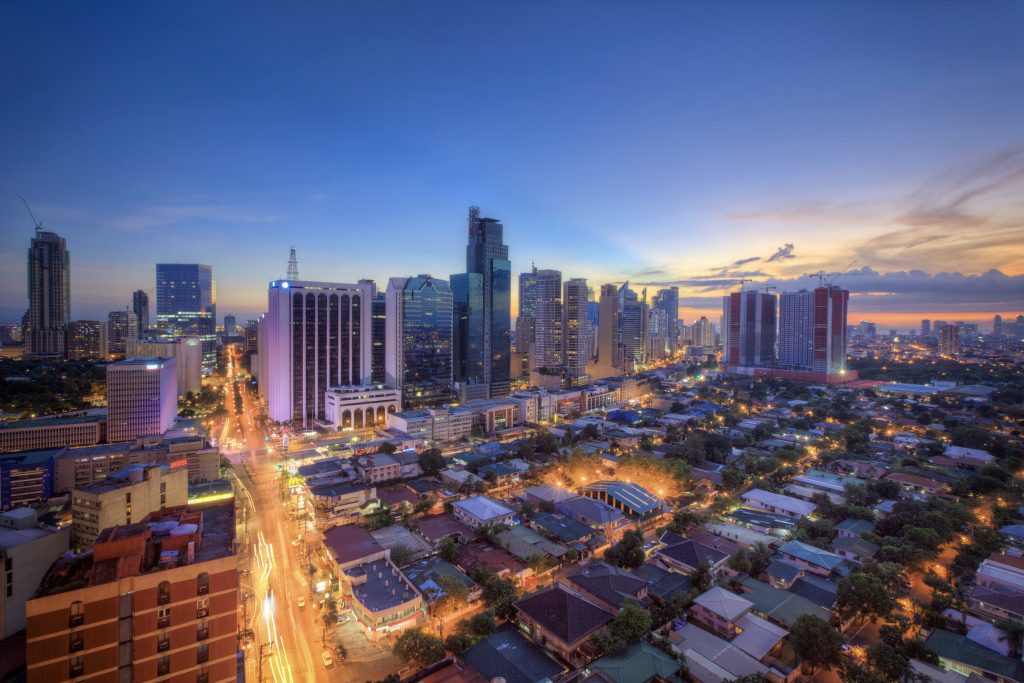
Two premiere centres of higher learning in the country – the University of the Philippines (UP) (Diliman, www.upd.edu.ph) and Ateneo de Manila University (Katipunan Avenue, www.admu.edu.ph) – are within a sort tricycle ride of each other. I found myself on the campus of Ateneo, a Jesuit university where the call to be a “man for others” somehow gets under your skin. In its classrooms, studying under renowned art critic and poet Emmanuel Torres, I was a psychology major who planned to become a doctor, but got waylaid into a career in journalism, thanks to my teacher’s ability to make well-written words sound so beautiful. They took my breath away.
I also discovered Philippine visual arts, which I would cover prodigiously in my early years as a journalist, at the Ateneo Art Gallery (Rizal Library, University Road, Diliman, www.ateneoartgallery.org). Here, modern and social realist pieces prove how limitless art can really be; I still recall a morbid mixed-media piece called Homage to Dodjie Laurel, an aluminium helmet mounted with wood and machine parts made by the late National Artist J. Elizalde Navarro in 1969, in memory of a popular race car driver who perished in a crash.
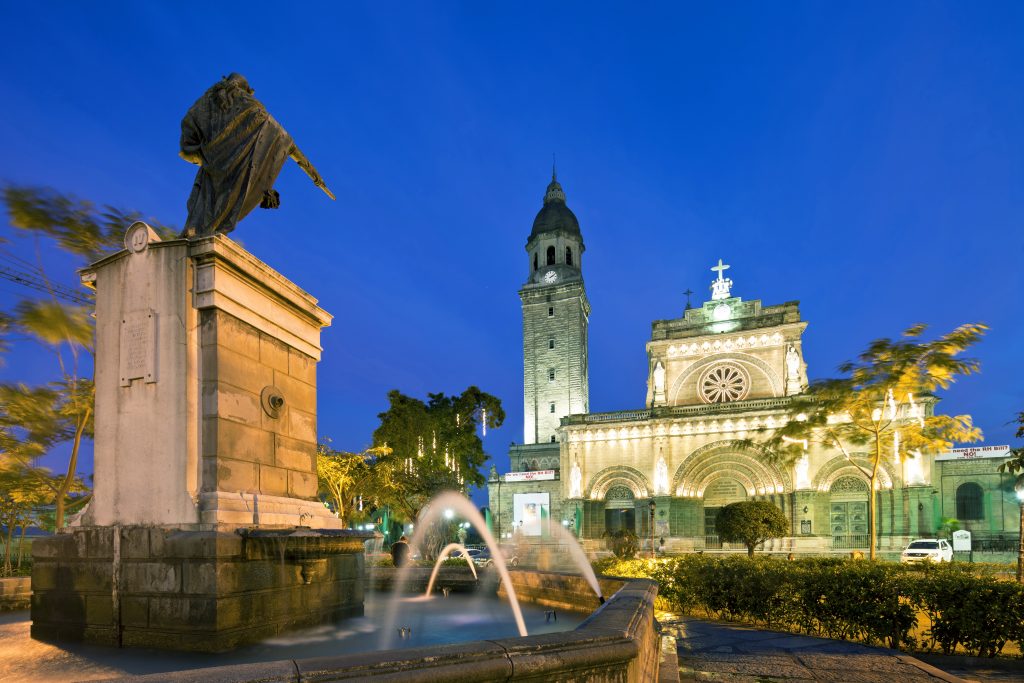
Neighbouring UP is a world unto itself, a cradle of feverish student activism, yet overrun with tranquil fields and big, beautiful trees that shelter the main thoroughfares; the central Sunken Garden, where students picnic, play soccer and sit on the grass on sunny days, is perfect for a weekend jog or bike ride. The Jorge B. Vargas Museum and Filipiniana Research Center on campus (Diliman, www.vargasmuseum.wordpress.com) is an excellent repository of Philippine art, including fine pieces by Filipino sculptor Guillermo Tolentino.
I found another artistic home of sorts as an occasional stage actor with one of the most dynamic university-based theatre groups in the country, Dulaang UP (www.facebook.com/DulaangUnibersidadNgPilipinas), from which some of the country’s most respected actors have graduated into show business. The underfunded, but fearless, productions at the Wilfrido Ma. Guerrero Theatre have been staged for 39 seasons, covering everything from Shakespeare and Ibsen to original Filipino works in both English and Tagalog – certainly worth the drive through infamous Manila rush-hour traffic for incredibly cheap tickets.
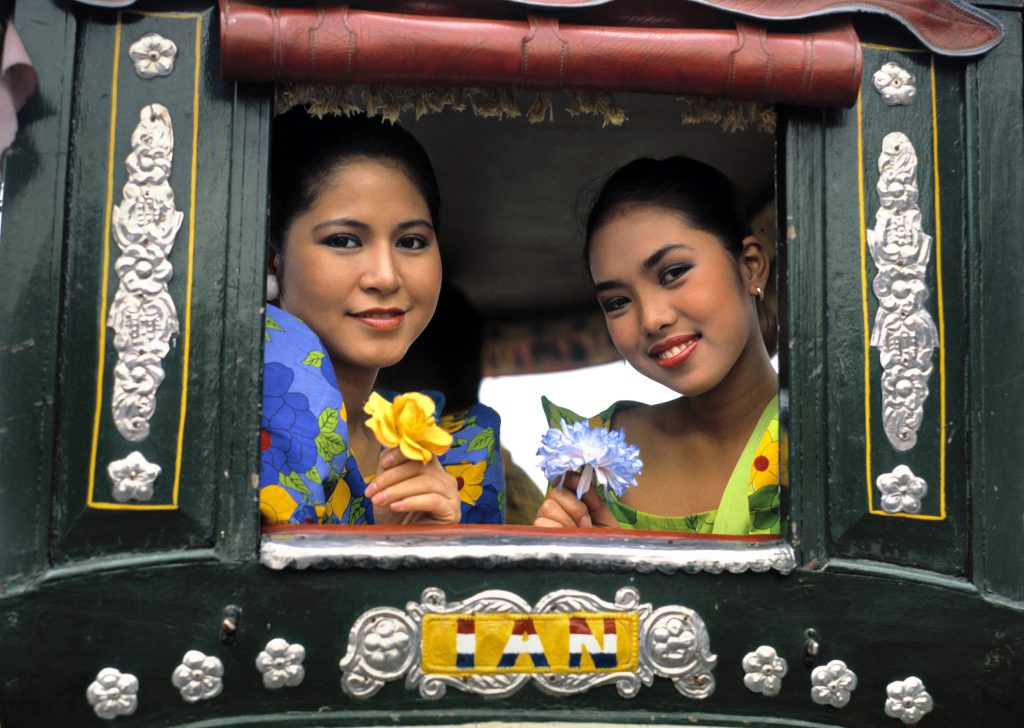
Pursuits both material and spiritual are easily accessible in QC. Long before the megamalls, the middle-class commercial centre of Cubao, a jeepney ride away from my home, was where we bought everything – including the fresh produce that went into family meals, from the best farmer’s market in the city. I got over the smell of fish and the hazard of slimy, slippery floors quite early, carrying the basket for my mother.
Cubao must be the only place in the world with a mall named after Muhammad Ali – the Ali Mall (Cubao, www.aranetacenter.net), built as a tribute to the boxing champ after he beat Joe Frazier in the 1976 “Thrilla in Manila”. The site of that match, the Araneta Coliseum (Cubao, www.aranetacoliseum.com), named after the family that owned Cubao, stands to this day, a favourite venue for wild collegiate basketball games – a championship bout has to be experienced to be believed in this basketball-crazy nation – and concerts of international stars; Alicia Keyes, Lady Gaga and Taylor Swift have all played the “Big Dome”.
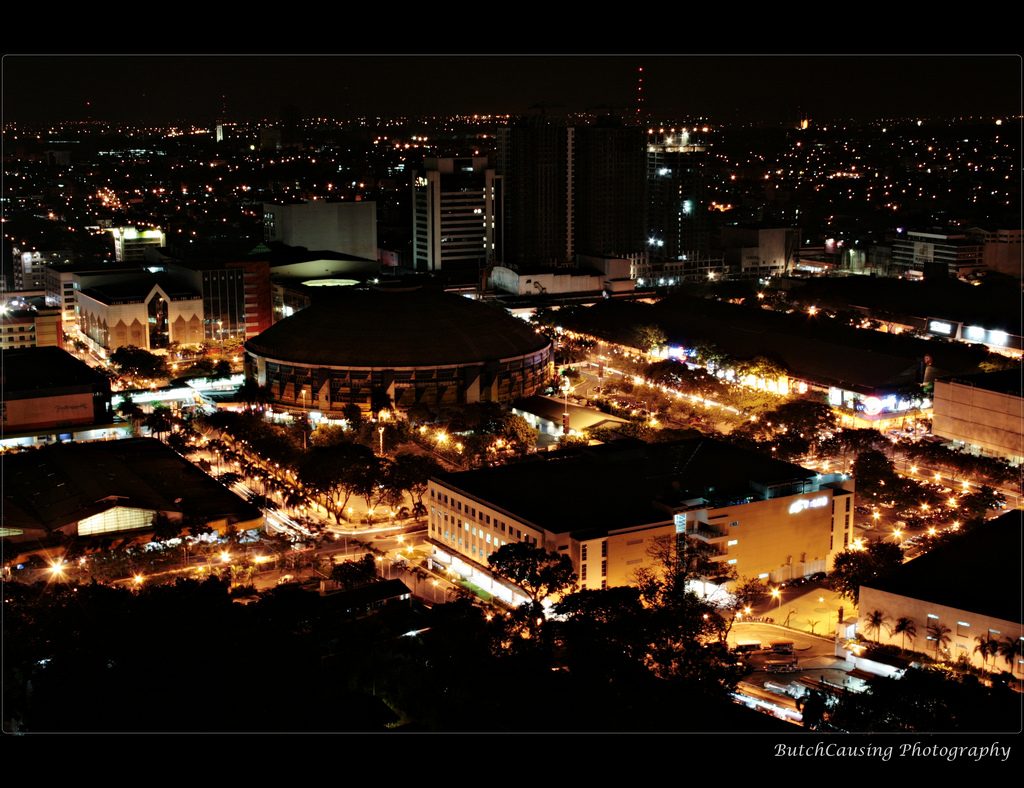
If introspection is more your thing, the suburbs across the Ateneo are home to an unusual concentration of retreat houses, including my own haven, the Cenacle (59 Nicanor Reyes, Loyola Heights, www.cenaclephilsing.org), run by Catholic nuns specialising in counselling and spiritual direction. It’s liberal and non-denominational, an unexpected oasis minutes away from busy streets. Thematic weekends on such themes as Jungian psychology or the mid-life journey are offered year-round.
Even the healers in QC work closer to Nature. In Sikatuna Village, near UP, on a street aptly called Maginhawa (which roughly translates to “soothing”), Dr Eddie Concepcion of the Oasis Acupuncture Clinic, the pioneering China-educated acupuncturist in Manila, can relieve you of aching muscles, colds, hormonal imbalances and even a bad mood.
After a session, you’ll have to avoid cold water for a couple of hours, but that doesn’t mean you can’t choose from among the many fantastic restaurants on Maginhawa and its environs. Van Gogh is Bipolar only seats 12 for dinner, so reserve or come early and be ready for a freestyle meal by chef Jetro Rafael. Alternatively, walk to the vegetarian restaurant Pipino (that’s Tagalog for “cucumber”) for a crazy good Stuffed Portobello Cheeseburger or a Vegetable Kare-Kare, a native stew with a peanut-based sauce normally made with oxtail. The food in Teacher’s Village has gotten so famous, they held the first ever, hugely successful QC Food Fair just recently, right on the streets. Not surprisingly, everyone felt at home.
For more stunning stories and photos, check out Asian Geographic Issue 112.



